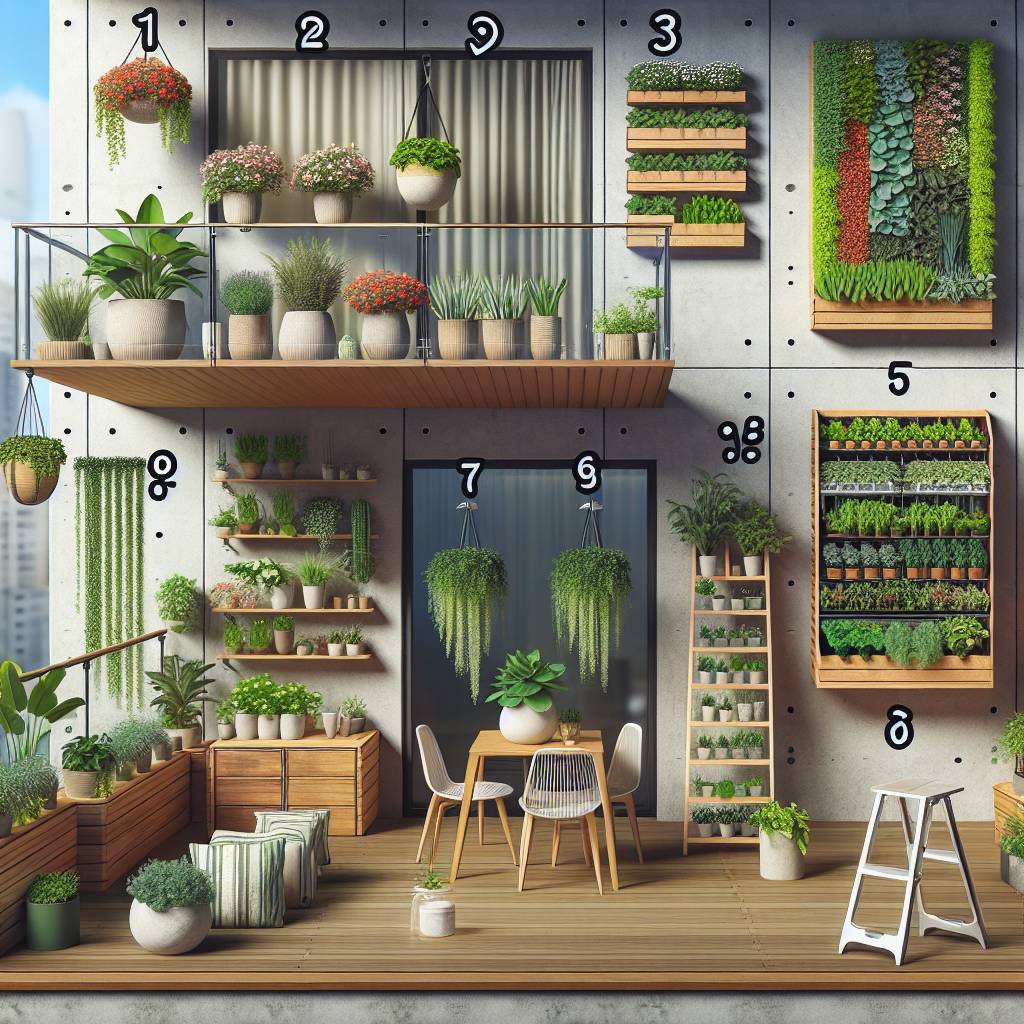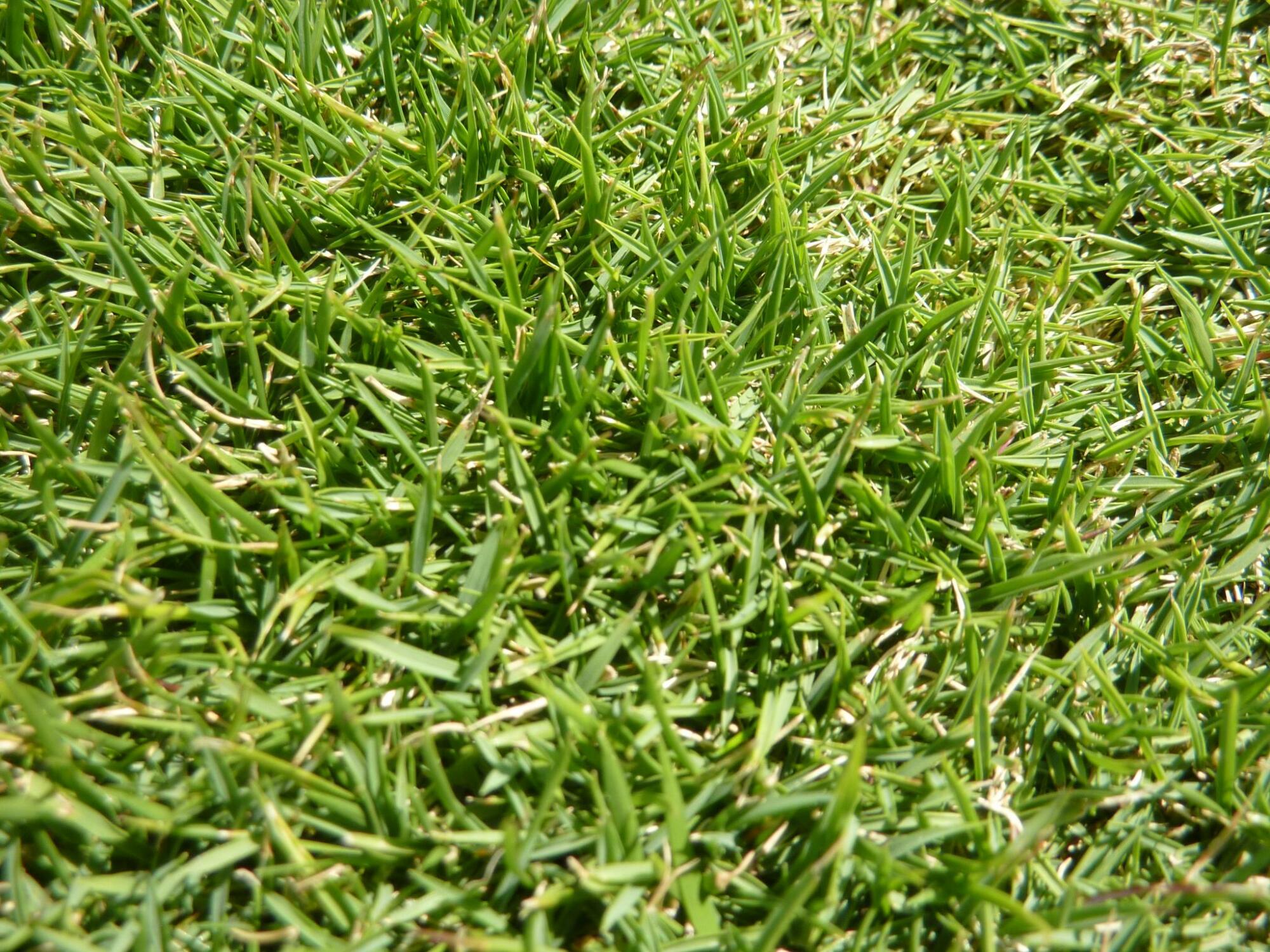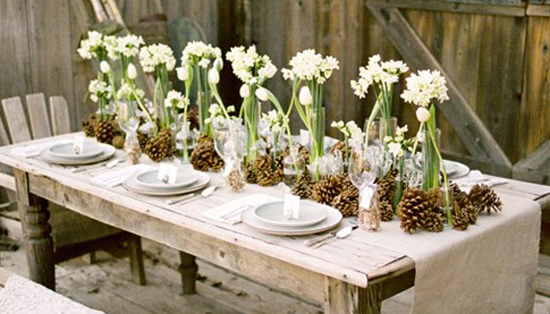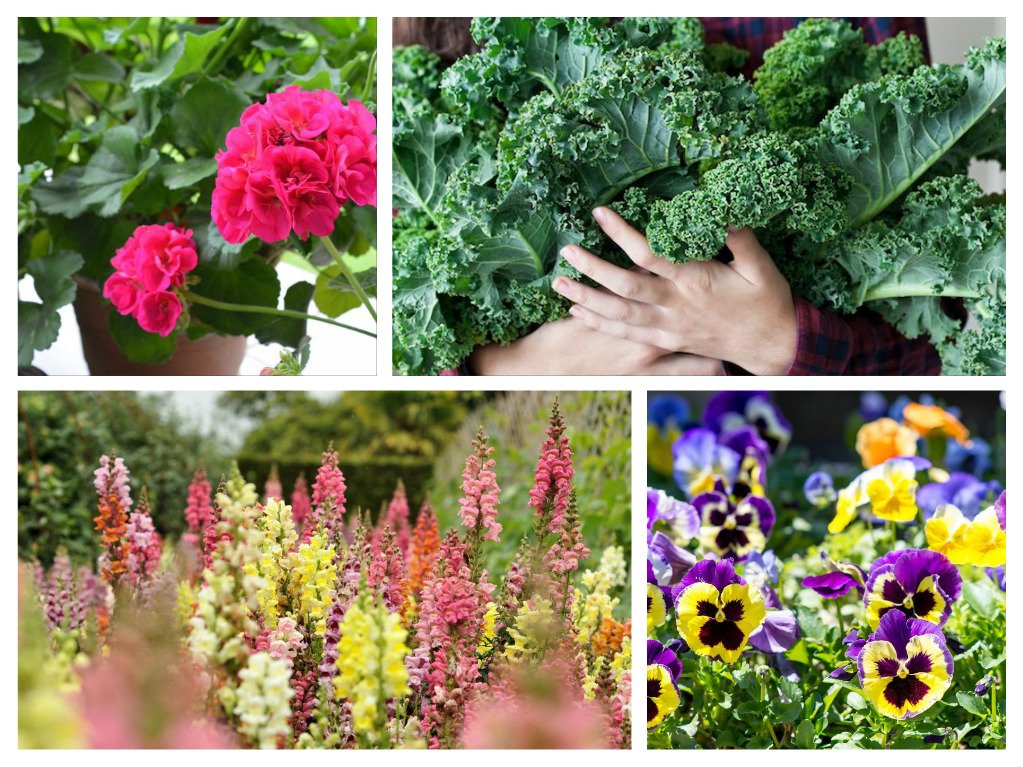Living in the city doesn’t mean giving up on gardening. Embrace the contrast of urban living and lush greenery with these essential balcony gardening tips tailored specifically for city dwellers. Discover how to transform your limited outdoor space into a thriving oasis, brimming with vibrant plants and herbs. From maximizing vertical space to choosing the right containers, we’ll explore practical strategies that make urban gardening, including balcony gardens and companion plants, a breeze. Uncover the secrets of selecting low-maintenance yet high-impact flora, ensuring your balcony remains a picturesque haven amidst the concrete jungle.
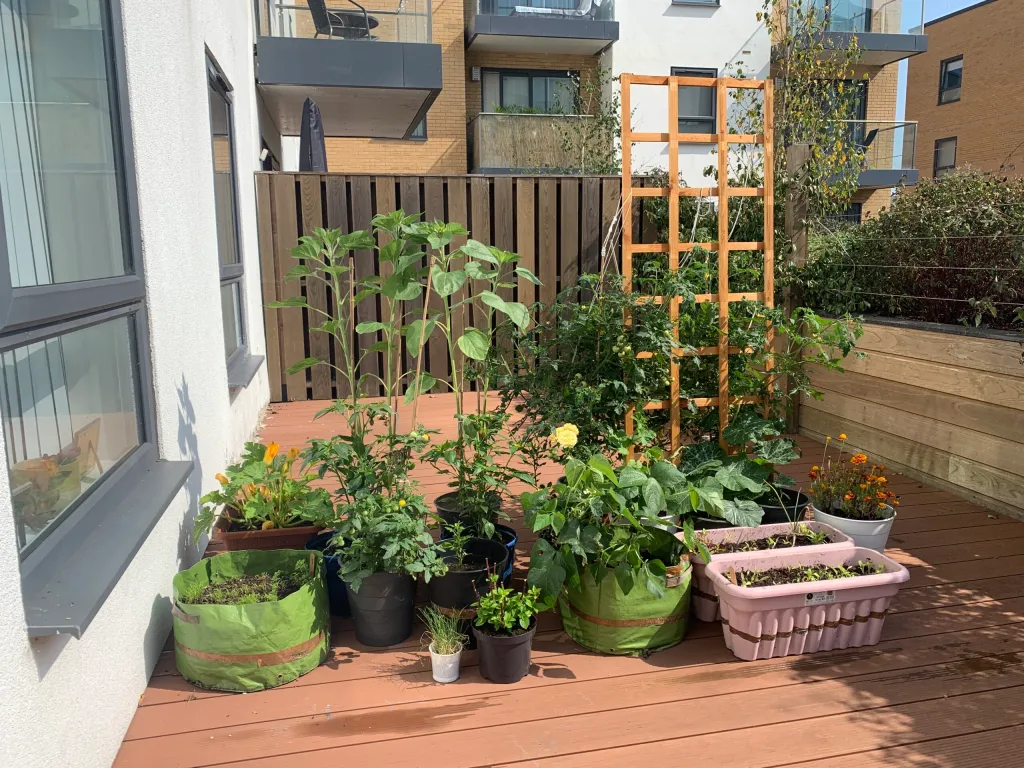
Key Takeaways
- Assess your balcony’s sun exposure to choose the right plants that will thrive in the available light.
- Select plants such as succulents and heat-tolerant varieties for a low-maintenance urban garden that can withstand city heat.
- Protect your high-rise garden from strong winds by using barriers and windbreaks to create a more favorable environment for your plants.
- Consider the benefits of annuals and perennials, weighing factors like longevity and maintenance to make the best choice for your balcony garden.
- Equip yourself with essential tools like compact planters, watering cans, and hand trowels to effectively maintain your urban garden.
- Maximize limited space by utilizing vertical gardening, hanging planters, and multi-tiered shelving to create a lush oasis in a small area.
Assessing Your Balcony’s Sun Exposure
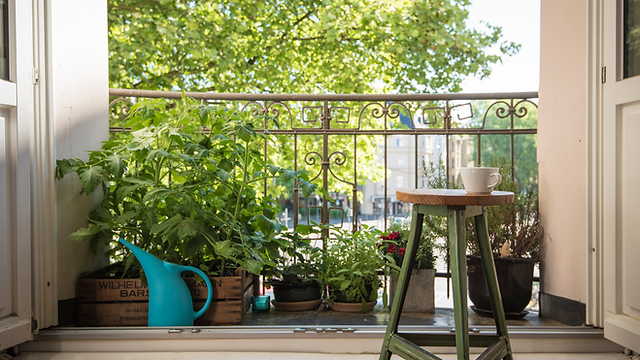
Directional Assessment
Assessing your balcony’s sun exposure is crucial. Start by determining the direction your balcony faces. This will help you understand how much direct sunlight the plant receives.
East-facing balconies typically receive full sunlight in the morning, making them ideal for plants that thrive in strong light conditions. On the other hand, west-facing balcony gardens get intense sun exposure in the afternoon and evening, which may be beneficial for plants requiring ample sunlight.
Observing Sunlight Throughout the Day
Observing the amount of direct sunlight your balcony gets during different times of day is essential for plants and crops. Note when and where the sun hits your balcony at various hours. For instance, if there are certain spots that remain shaded throughout most of the day, these areas might be suitable for plants that prefer partial shade or even full shade.
Consider using a sun calculator app to track how long and intensely the sun shines on your balcony for light. These apps provide valuable insights into your balcony’s specific microclimate and can guide you in choosing appropriate plant varieties based on their light requirements.
Selecting Plants for Your Urban Oasis
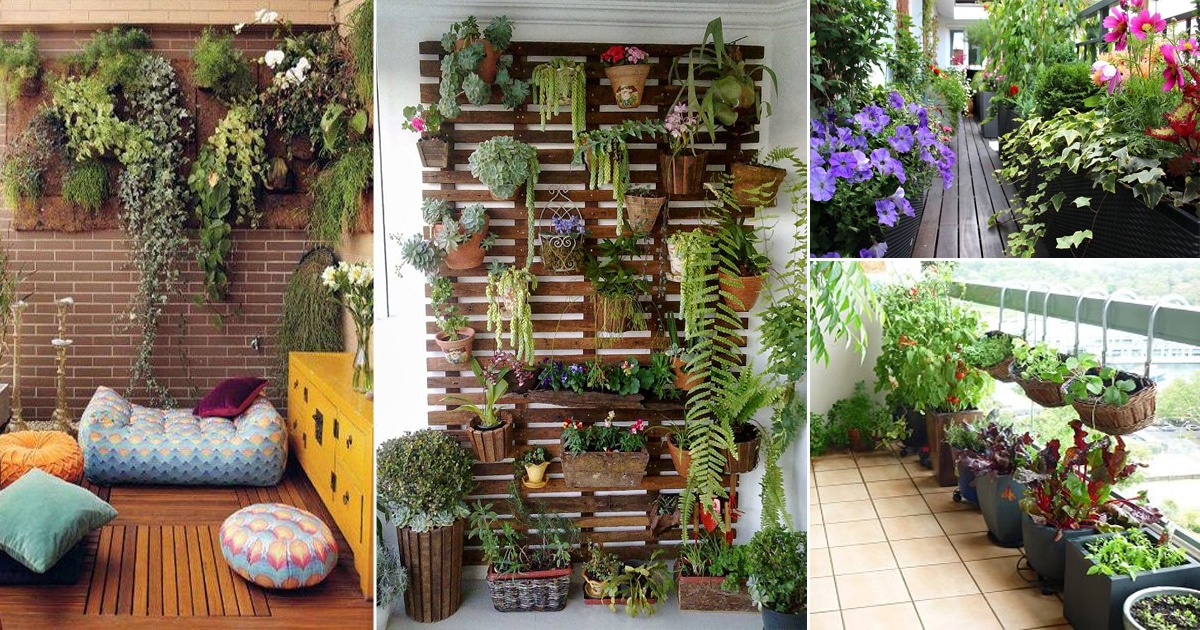
Thriving in Containers
Selecting the right plants is crucial. Look for plants that thrive in containers, such as herbs like basil and mint, or compact vegetables like cherry tomatoes and peppers. These types of plants, including crops, are well-suited for limited spaces and can flourish without needing a lot of room to spread out their roots.
For example, consider growing lettuce varieties that are specifically bred for container gardening. These lettuces, crops, have smaller heads and can be grown closely together in a planter box or pot.
Low-Maintenance Selections
In an urban setting, time may be limited due to busy schedules. Therefore, opt for low-maintenance plants that require minimal care, attention, and light. Succulents like aloe vera or jade plants are excellent choices as they need infrequent watering and can withstand varying light conditions commonly found on balconies.
Dwarf varieties of popular flowering plants, such as roses or hydrangeas, often require less pruning and upkeep than their full-sized counterparts while still providing beautiful blooms.
Aesthetic Appeal and Fragrance
When planning your balcony garden oasis, take into consideration the aesthetic appeal and light of the selected plants. Choose options that not only fit within your space but also enhance its visual appeal with vibrant colors or unique textures.
Moreover, prioritize fragrant flowers or herbs to create an inviting environment on your balcony. For instance, lavender not only adds a pop of color but also fills the air with its soothing scent during warm evenings.
Utilizing Succulents and Heat-Tolerant Varieties
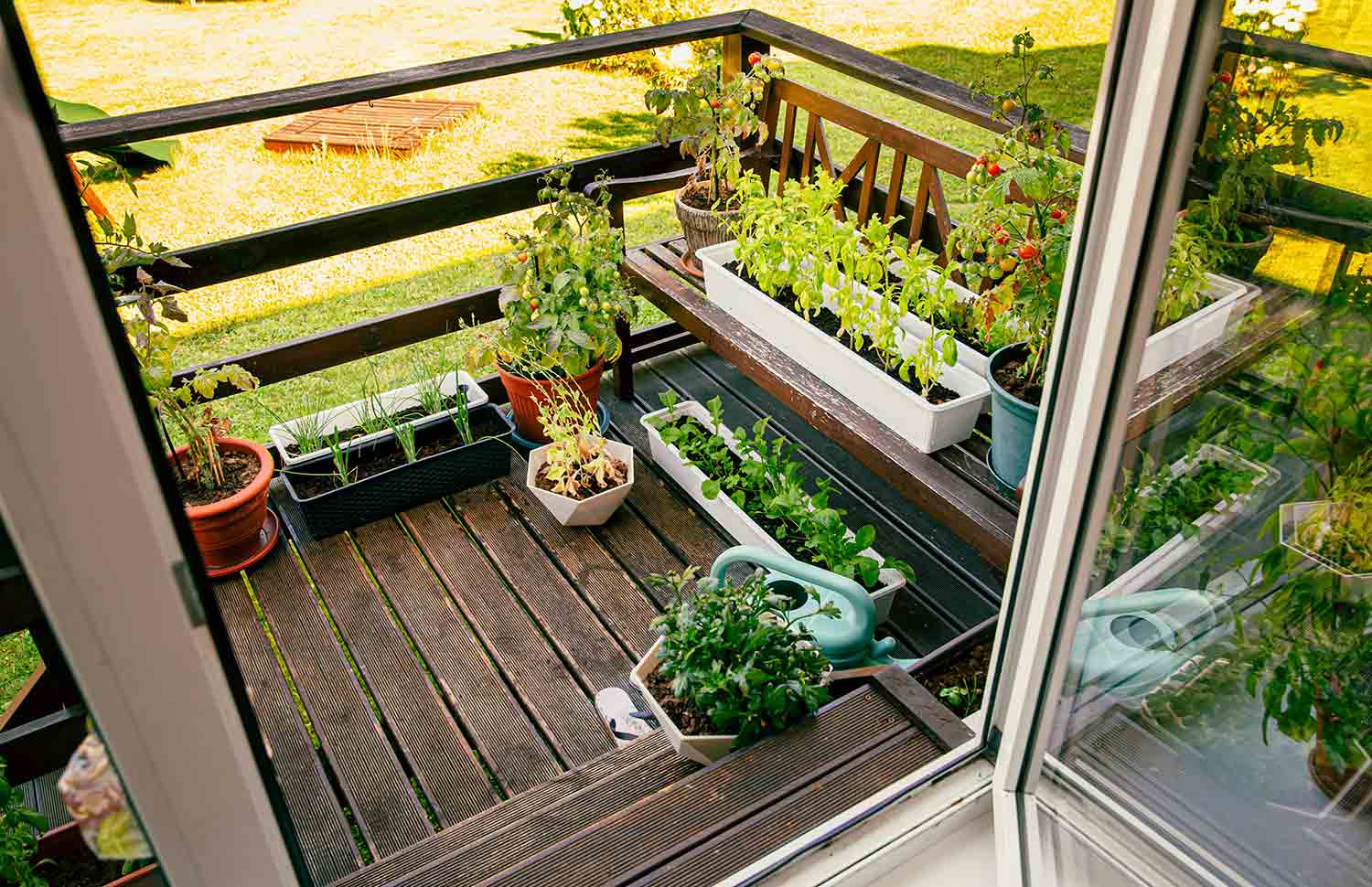
Incorporating Succulents
Succulents, such as aloe vera and jade plants, are perfect for balcony gardening in the city. These plants can thrive in high temperatures and require minimal maintenance. Their ability to store water allows them to withstand dry and hot conditions, making them ideal choices for urban balconies. By incorporating succulents into your balcony garden, you can add a touch of greenery while ensuring that your plants can endure the warmth of city climates.
Consider placing them in containers with proper drainage to prevent waterlogging. You can mix different types of succulents together to create an eye-catching display that adds visual interest to your outdoor space.
Exploring Heat-Tolerant Varieties
In addition to succulents, exploring heat-tolerant varieties like zinnias or marigolds can bring vibrant blooms to your balcony garden even in hot climates. These flowers are resilient and capable of thriving under intense sunlight and warm temperatures commonly found in urban areas. By selecting these kinds of heat-tolerant plants, you ensure that your balcony remains colorful throughout the summer months without requiring excessive care.
Grouping heat-tolerant plants together is also a smart strategy for creating microclimates on your balcony. This technique involves clustering similar varieties in close proximity so they provide shade for each other during peak sun hours. Not only does this arrangement protect the plants from scorching heat, but it also creates visually appealing clusters of flowers or foliage within limited spaces.
Wind Protection Strategies for High-Rise Gardens
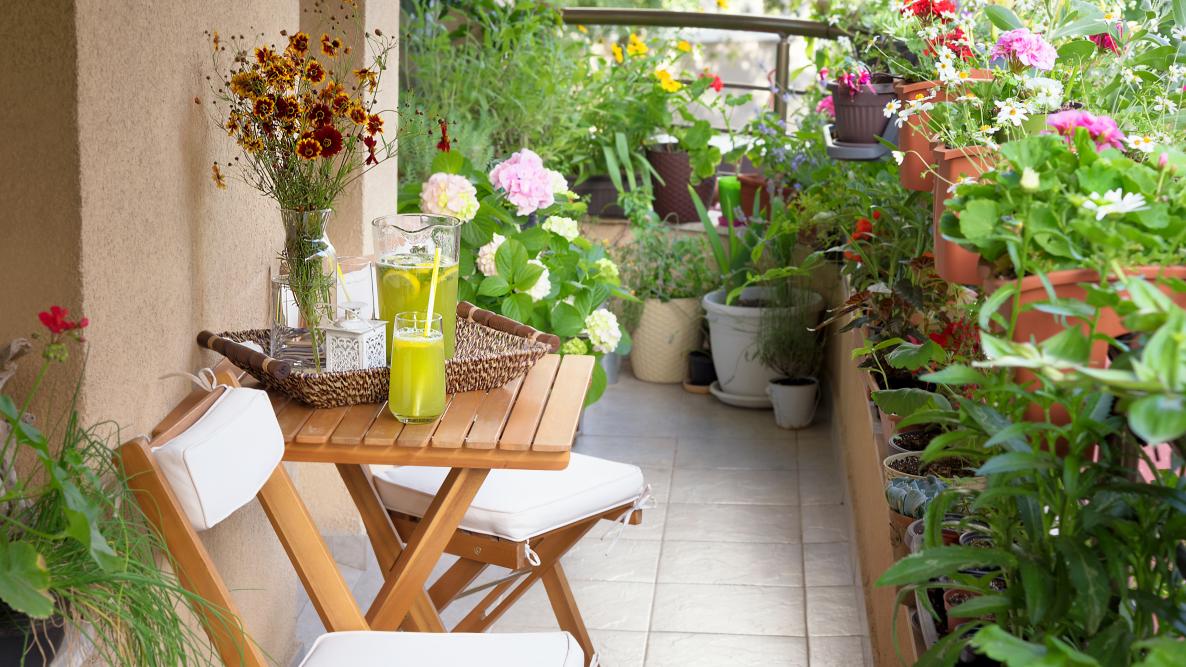
Installing Windbreaks
Protecting your plants from strong winds is crucial. One effective strategy is to install windbreaks such as trellises, screens, or mesh netting. These barriers can shield your plants from the brunt of the wind, reducing the risk of damage or uprooting. By creating a barrier between your plants and the wind, you can create a more favorable microclimate for your garden.
Another essential aspect of wind protection is choosing sturdy planters that can withstand windy conditions. Opt for heavy-duty containers made from durable materials like fiberglass or concrete. Lightweight pots are prone to toppling over in strong gusts, potentially causing harm to your plants and posing safety hazards on high-rise balconies.
Positioning Wind-Sensitive Plants
For city dwellers dealing with windy conditions on their balconies, strategically positioning wind-sensitive plants can make a significant difference in their growth and health. Placing these delicate specimens closer to walls or structures provides them with an additional layer of protection against harsh winds. The presence of buildings creates pockets of still air where fragile plants can thrive without being battered by strong gusts.
In addition to utilizing windbreaks and sturdy planters, ensuring proper drainage in your balcony garden is vital when implementing wind protection strategies. Adequate drainage prevents waterlogging in containers during heavy rains or storms while also promoting healthy root systems for your plants.
Choosing Between Annuals and Perennials
Benefits of Annuals
Annuals are perfect if you love to switch up your garden’s look every year. These plants bloom quickly, adding a burst of color to your balcony garden. You can experiment with different colors, textures, and varieties each season. For instance, in the spring season, you might opt for vibrant petunias or marigolds to bring life to your urban oasis.
Mixing annuals into your gardening plan allows you the freedom to create diverse displays annually without being tied down to specific plant types. This flexibility lets you cater your balcony garden’s appearance based on current trends or personal preferences.
Advantages of Perennials
On the other hand, perennials offer long-term benefits as they return year after year without replanting. They establish strong roots over time and require less maintenance than annual plants. By choosing perennials for your city dwelling balcony garden, you’ll enjoy consistent blooms throughout multiple seasons without having to constantly replace them.
For example, planting perennial herbs like thyme or rosemary not only adds greenery but also provides fresh ingredients whenever needed for cooking. The low-maintenance nature of perennials makes them an excellent choice for busy urban dwellers who want a thriving balcony garden with minimal effort.
Combining Both Plant Types
By combining both annuals and perennials in your urban gardening space, you can reap the benefits of both plant types simultaneously. While enjoying the continuous blooms from perennials such as lilies or hydrangeas throughout various seasons, you can also introduce new bursts of color by incorporating annual flowers like pansies or impatiens during springtime.
This blend creates a dynamic visual appeal within limited spaces while ensuring that there is always something blooming on your high-rise balcony regardless of the time of year.
Essential Tools for the Urban Gardener
Quality Hand Tools
Invest in quality hand tools like pruners, trowels, and a watering can. These tools are essential for precise gardening tasks in small spaces. Lightweight and collapsible tools are ideal for easy storage in compact urban settings.
For example, a pair of sharp pruners is handy for trimming plants without causing damage. A sturdy trowel helps with planting and transplanting small garden specimens. Meanwhile, a well-designed watering can ensures controlled water distribution to prevent overwatering your balcony garden.
Soil Moisture Meter
A soil moisture meter is crucial for city dwellers practicing balcony gardening. This tool enables you to monitor the soil’s moisture level accurately, preventing both under and over-watering of your plants.
Maximizing Limited Space with Creative Techniques
Utilize Vertical Gardening
Utilizing vertical space is essential. Hanging baskets and trellises are great ways to grow plants without taking up precious floor space. These techniques allow you to grow beautiful trailing flowers or even vegetables like tomatoes or squash. By using the vertical plane, you can make the most of your balcony’s available area.
Creating a tiered garden is another fantastic idea for maximizing your balcony’s potential. Shelves or plant stands can be used to build a multi-level garden, providing plenty of room for various plants. This not only optimizes the use of limited space but also adds an interesting visual element to your balcony. Imagine cascading greenery at different heights—what a striking sight that would be!
Window Boxes and Railing Planters
Window boxes and railing planters are practical solutions for making use of the perimeter of your balcony. They offer an excellent way to add more greenery without sacrificing any floor space at all. You could grow herbs, small flowers, or even strawberries in these containers while leaving the main floor area free for other activities.
Incorporating Edibles and Herbs in Balcony Gardens
Fresh Flavors in Cooking
Growing herbs like basil, mint, or rosemary on your balcony can add fresh flavors to your cooking. Imagine stepping out onto your balcony and snipping a few sprigs of fragrant basil to sprinkle over a homemade pizza or adding some freshly picked mint leaves to your favorite summer drink.
Compact Vegetable Varieties
Opt for compact varieties that thrive in containers. Cherry tomatoes, lettuce, and peppers are excellent choices for small spaces. These crops not only provide you with fresh produce but also add lush greenery to your urban oasis.
Consider using self-watering containers or hydroponic systems for efficient herb and vegetable cultivation. These systems ensure that your plants receive the right amount of water without the risk of overwatering or underwatering them.
Vertical gardening is another technique city dwellers can explore when incorporating edibles into their balcony gardens. By utilizing vertical space effectively, you can grow an abundance of herbs and vegetables without taking up valuable floor space.
Companion planting is also a smart strategy for maximizing yield from limited space. Pairing certain plants together can help deter pests, enhance flavor, and make the most of available sunlight.
In addition to growing edibles in traditional pots, consider using hanging baskets or railing planters as alternative options for cultivating herbs and vegetables on balconies.
Maintenance and Care for a Thriving Balcony Garden
Soil Moisture and Watering
Maintaining the balcony garden soil moisture is crucial for the well-being of your plants. Check the soil regularly by inserting your finger about an inch deep. If it feels dry, it’s time to water. Over-watering can lead to root rot, while under-watering may cause wilting and stunted growth.
Balcony gardens are often exposed to direct sunlight and wind, which can quickly dry out the soil. Consider using self-watering containers or adding a layer of mulch to retain moisture in the soil.
Pruning and Deadheading
Regularly pruning and deadheading your plants not only keeps your balcony garden looking neat but also promotes healthy growth. Trim off any dead or yellow leaves to encourage new growth. Deadheading flowers by removing spent blooms redirects energy into producing more flowers rather than seeds.
When incorporating edibles and herbs in your balcony garden, remember that regular pruning encourages bushier growth in herbs like basil, mint, and oregano while promoting continuous harvests from edible plants like tomatoes, peppers, and strawberries.
Pest Control
Pests can wreak havoc on a balcony garden, so vigilance is key. Keep an eye out for common pests such as aphids, spider mites, whiteflies, and caterpillars that can infest balcony plants. Inspect both sides of leaves regularly for signs of infestation.
Using natural remedies like neem oil spray or insecticidal soap can help control pest populations without harming beneficial insects like bees or butterflies visiting your flowering plants.
Closing Thoughts
You’ve now armed yourself with a wealth of knowledge to transform your urban balcony into a flourishing garden oasis. By assessing sun exposure, selecting the right plants, and implementing wind protection strategies, you’re well on your way to creating a vibrant green space. Remember to utilize creative techniques to maximize your limited space and incorporate edibles and herbs for a functional yet beautiful garden. Regular maintenance and care will ensure that your balcony garden thrives throughout the seasons.
Now it’s time to roll up your sleeves and get started! With these tips in mind, go ahead and bring life to your urban balcony. Embrace the joy of nurturing plants and enjoy the rewards of a lush, green sanctuary just outside your door.
Frequently Asked Questions
How can I assess my balcony’s sun exposure?
To assess your balcony’s sun exposure, observe the amount of sunlight it receives throughout the day. Note areas of direct sunlight and shade at different times. You can also use a sun calculator or app to track the sunlight hours.
What are some wind protection strategies for high-rise gardens?
Wind protection strategies for high-rise gardens include installing windbreaks like trellises or mesh screens, choosing sturdy plant varieties, and grouping plants together to create a natural barrier. Using heavy containers and securing tall plants can help mitigate the effects of strong winds.
What essential tools do urban gardeners need?
Urban gardeners should have basic gardening tools such as hand trowels, pruners, watering cans, and small spades for container gardening. Consider investing in a compact soil moisture meter and lightweight foldable stools for comfortable gardening in limited spaces.
How can I maximize limited space with creative techniques in balcony gardening?
Maximize limited space by utilizing vertical gardening solutions like wall-mounted planters or hanging baskets. Consider incorporating multi-level shelving units or creating a tiered garden display to make efficient use of vertical space while adding visual interest to your balcony oasis.
Is it possible to incorporate edibles and herbs into balcony gardens?
Yes! Many vegetables, herbs, and fruits thrive in containers on balconies. Consider growing compact varieties of tomatoes, peppers, lettuce, basil, mint, strawberries – even dwarf fruit trees if you have enough space! Just ensure they receive adequate sunlight and proper care for bountiful harvests.
